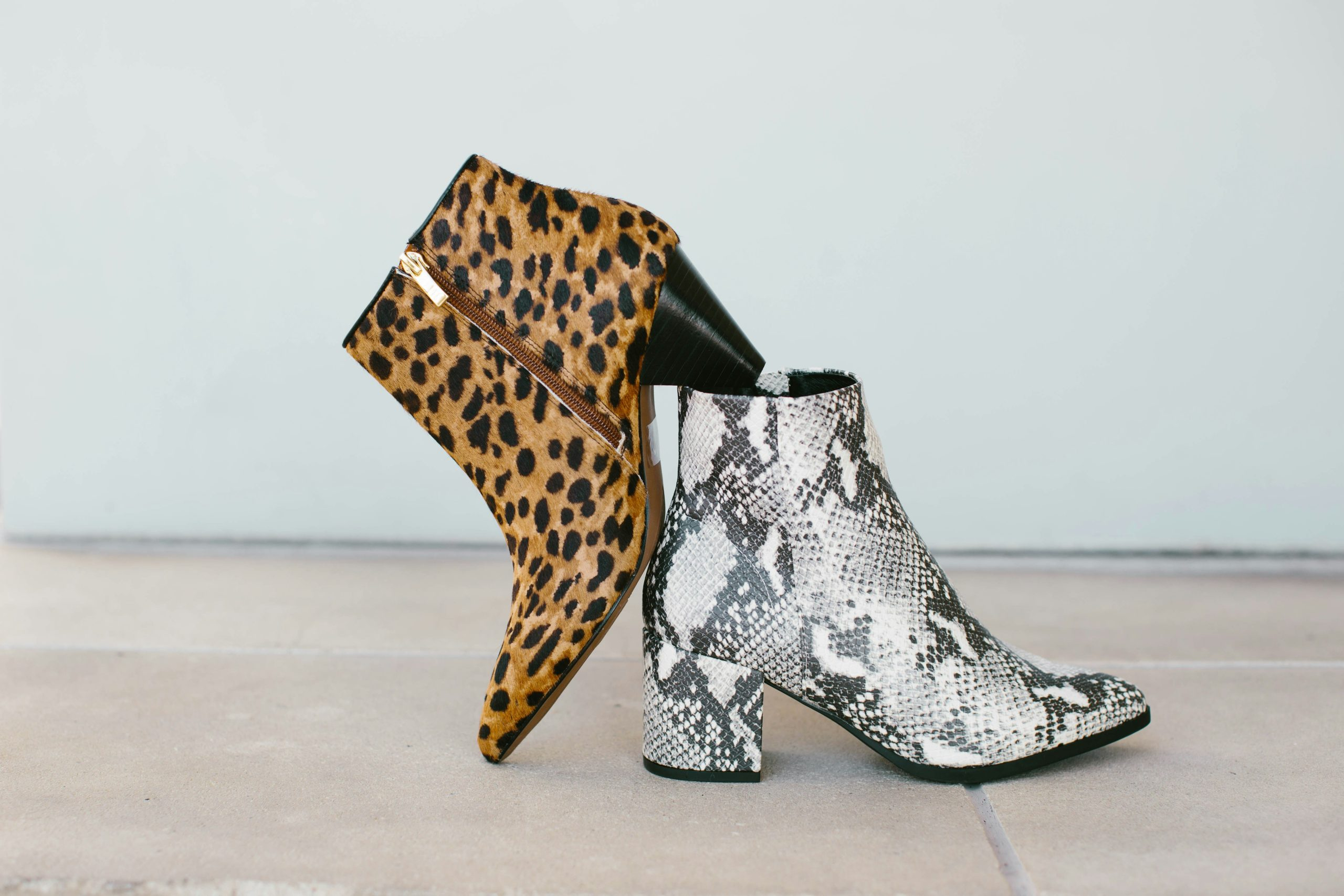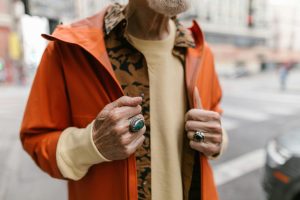Thriftflation: Why Secondhand Luxury Outperforms Fast Fashion
Thrifting has become a popular trend in recent years, with more and more people opting to shop for secondhand items rather than buying new. But what many may not realize is that thrifting is not only good for the planet and your wallet, but it also has a significant impact on the fashion industry. The rise of thrift stores and online secondhand retailers has led to a phenomenon known as “thriftflation”, where secondhand luxury outperforms fast fashion in terms of value and quality. In this article, we’ll explore the concept of thriftflation and dive into why investing in secondhand luxury pieces may be the smartest choice for your wardrobe and your wallet.
The Rise of Thriftflation
Thriftflation is a relatively new term used to describe the current state of the fashion industry. It is a combination of “thrift” and “inflation”, and it refers to the increase in the value of secondhand luxury items compared to fast fashion. This trend has been growing steadily in recent years, with the rise of online secondhand marketplaces like The RealReal, Poshmark, and ThredUp. These platforms have made it easier than ever for consumers to buy and sell pre-loved designer items, creating a thriving market for secondhand luxury goods.
As the demand for secondhand luxury continues to increase, so does the value of these items. In fact, a recent report by ThredUp revealed that the resale market for fashion items is expected to reach $64 billion by 2024, while the traditional retail market is only projected to reach $44 billion. This shift indicates a significant change in consumer behavior and highlights the growing preference for secondhand luxury over fast fashion.
The Advantages of Secondhand Luxury
So why are consumers choosing secondhand luxury over fast fashion? There are several reasons why investing in pre-owned designer items may be a smarter choice:
Higher Quality at a Lower Price
One of the main advantages of secondhand luxury is the quality and craftsmanship of the items. Luxury brands are known for using high-quality materials and expert craftsmanship, making their pieces more durable and long-lasting compared to fast fashion items. By purchasing secondhand luxury, you can own a designer item at a fraction of the original cost, without sacrificing quality.
Sustainable Fashion Choice
The fast fashion industry is notorious for its impact on the environment. The production of cheap, disposable clothing has led to massive amounts of pollution, water wastage, and exploitation of workers. In contrast, buying secondhand luxury items helps reduce the environmental impact of the fashion industry by giving these items a new life instead of ending up in landfills.
Rarity and Exclusivity
Thrift stores and online secondhand retailers are treasure troves of unique, rare, and vintage pieces that you won’t find in traditional retail stores. By investing in secondhand luxury, you can own a one-of-a-kind piece that adds character and uniqueness to your wardrobe.
The Impact on the Fashion Industry
The rise of thriftflation has had a significant impact on the fashion industry, pushing brands to adapt to changing consumer behavior. Luxury brands like Chanel, Gucci, and Louis Vuitton have embraced this shift by partnering with resale platforms to authenticate and sell their pre-owned items. This collaboration not only adds value to the secondhand luxury market but also benefits the brands by attracting a new customer base and promoting sustainability.
On the other hand, fast fashion brands are struggling to keep up with the trend, as consumers become more conscious of the environmental and ethical implications of their purchasing decisions. This has led to a decline in sales for these brands, with many struggling to stay afloat. To compete, fast fashion companies are now offering sustainable lines, but their reputation and business model make it challenging to gain consumer trust in this effort.
In Conclusion
Thriftflation is a growing trend that challenges the traditional way of shopping for clothes. Consumers are realizing the value of investing in secondhand luxury items, both for their wallets and the environment. As this trend continues to gain momentum, we can expect to see more changes in the fashion industry, with sustainability and ethical practices becoming the norm. So the next time you’re looking to add a designer piece to your wardrobe, consider the benefits of thrifting and opt for secondhand luxury over fast fashion. Your wallet and the planet will thank you.











